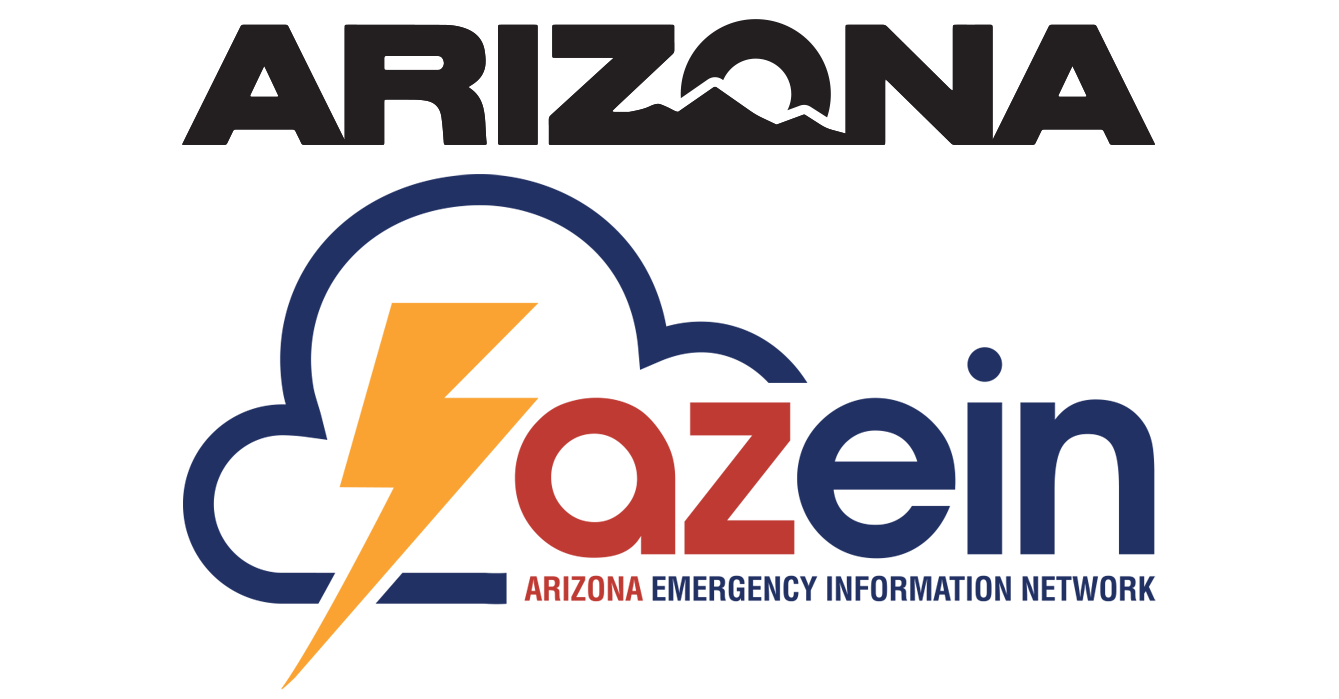Lockett Fire final update; smoke may continue to be visible
This will be the final update for the Lockett Fire. The fire has remained at 2,782 acres and 100% containment since Wednesday, July 10th.
The Lockett Fire was a natural-caused wildfire discovered on June 29th and a confine-and-contain fire suppression strategy was implemented. A team of 80 fire staff from the USDA Forest Service and the National Park Service utilized existing roads and natural barriers while implementing varying types and intensities of operational actions to delay and direct fire spread.
The Lockett Fire burned within the 2014 Belknap Fire footprint which consists predominantly of Ponderosa pine with oak understory and grasses, and pinyon pine, juniper, and sage. The fire consumed mostly pine needle castings and dead forest floor materials which had the potential to fuel future wildfires. The fire left behind a fire mosaic pattern, a mixture of low intensity burning around islands of unburned forest which is highly beneficial to biodiversity and forest health. Crews took advantage of the confine-and-contain strategy to remove snags and fire hazards along the Arizona Trail to improve visitor safety.
Smoke may continue to be visible along Forest Roads 307 and 310 and along the Arizona Trail through the fire area as larger forest floor fuels and stumps continue to smolder. Crews will continue to monitor the Lockett Fire area and address issues as they may arise.
The Kaibab National Forest is a fire-adapted ecosystem. It is dependent on fire to play a natural role in maintaining vibrant forest health. Lack of fire in the forest has caused an abundance of fuels to build up, which can make the forest vulnerable and susceptible to more dangerous uncontrollable fire incidents. Managing this wildfire in this the ecosystem is a very effective tool to reduce fuel loads and restore the landscape back to a healthier state that is more aligned with historical conditions.
Managing naturally caused wildfires across the landscape is a very effective tool in restoring the forest to a healthier condition, and these efforts align with the Forest Service's 10-year Wildfire Crisis Strategy, which aims to increase the use of fire on the landscape as well as other treatments to improve forest resiliency for generations to come.
Additional information can be found on the Kaibab NF website, X, Facebook, Flickr, or by calling the local ranger stations.

